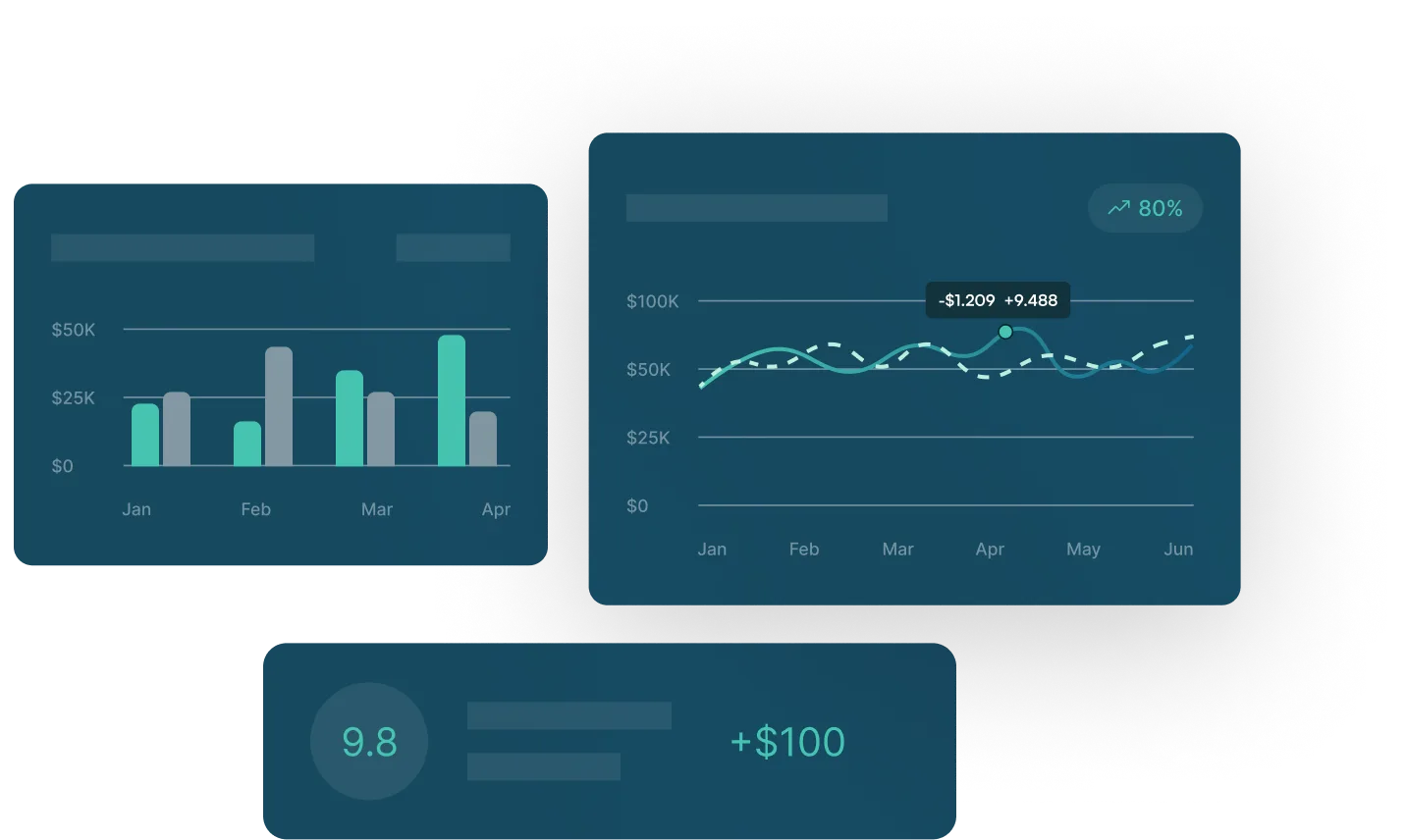Unlock Cost Savings and Efficiency: A Guide to Bank Fee Analysis


Effectively managing bank fees is crucial for optimizing treasury processes and saving costs. In this article, we’ll delve into the significance of bank fee analysis, shedding light on its benefits and practical implementation. This process not only enhances transparency, but also empowers your organization during negotiations with banks.
Understanding Bank Fees
Bank fees are charges imposed by banks and financial institutions for various services, including transfers, currency exchanges, and international transactions. These fees can be recurring or one-time, such as account maintenance fees, withdrawal charges, non-sufficient funds fees (NSF), and late payment fees.
Why Analyze and Manage Bank Fees?
- Increased Transparency: Bank fee analysis provides a clear view of fees and agreed-upon conditions, promoting transparency in financial transactions.
- Better Control Over Fees: You’ll have more control over fees charged by banks, helping prevent overcharges and ensuring adherence to negotiated terms.
- Enhanced Treasury Processes: Improves the quality of treasury processes by eliminating manual tasks, ensuring accuracy, and identifying discrepancies.
- Strategic Information Advantage: Provides valuable insights for negotiations with banks, giving you an information advantage during discussions and price negotiations.
- Cost and Time Savings: Streamlines processes, resulting in significant cost and time savings for your organization.
3 Benefits of Bank Fee Analysis
- Quickly Identify Inconsistencies: Transparent fee structures facilitate the quick identification of suboptimal payment processes and inconsistencies.
- Subsidiary Fee Comparison: Allows for a comparison of fees among different subsidiaries, ensuring uniformity in fee structures within a country.
- Insight into Service Quality: Bank fee analysis offers insights into the quality of services provided by banks, aiding in cost allocation and reporting.
Implementing Bank Fee Analysis
Implementing bank fee analysis is fairly simple and requires minimal preparation. To effectively implement bank fee analysis, consider the following steps:
- Electronic Statements: Work with banks that provide electronic statements in standardized formats.
- System Compatibility: Ensure your systems can read and process these electronic statements, facilitating seamless integration for analysis. A TRMS can be helpful in this phase of the process.
- Bank Fee Analysis Tools: Invest in reliable bank fee analysis tools with features such as payment services tender, fee overviews, analysis capabilities, and cost-saving assessments.

Key Bank Fee Analysis Tools
- Payment Services Tender: Facilitates the preparation of Request for Proposals (RFPs) by summarizing fee tables and volumes.
- Fee Overview: Provides a clear summary of amounts, volumes, and statement errors by bank group and company.
- Fees Analysis: Offers a comprehensive overview of fees that you can filter by various criteria.
- Fee Comparison: Enables multi-bank comparisons to identify the best fee offers available.
- Volume Comparison: Compares total transaction volumes, integrating directly with your ERP for accurate assessments.
- Overview Report: Allows a comprehensive check of account and fee statuses in the system.
- Cost Savings: Helps determine potential cost savings by identifying the lowest fees per bank or country.
Implementing bank fee analysis on your treasury team is relatively easy and can instantly help in saving costs, improving efficiency, and gaining a strategic advantage during bank negotiations. With the right tools and methodologies, you can unlock significant ROI and optimize your financial operations.
GTreasury’s partnership with NDepth Bank Fee Analysis can help you get the most out of your banking relationships, seamlessly integrated into your GTreasury platform. Schedule a demo with our team to learn more about our bank fee analysis offerings today.
Unlock Cost Savings and Efficiency: A Guide to Bank Fee Analysis
Effectively managing bank fees is crucial for optimizing treasury processes and saving costs. In this article, we’ll delve into the significance of bank fee analysis, shedding light on its benefits and practical implementation. This process not only enhances transparency, but also empowers your organization during negotiations with banks.
Understanding Bank Fees
Bank fees are charges imposed by banks and financial institutions for various services, including transfers, currency exchanges, and international transactions. These fees can be recurring or one-time, such as account maintenance fees, withdrawal charges, non-sufficient funds fees (NSF), and late payment fees.
Why Analyze and Manage Bank Fees?
- Increased Transparency: Bank fee analysis provides a clear view of fees and agreed-upon conditions, promoting transparency in financial transactions.
- Better Control Over Fees: You’ll have more control over fees charged by banks, helping prevent overcharges and ensuring adherence to negotiated terms.
- Enhanced Treasury Processes: Improves the quality of treasury processes by eliminating manual tasks, ensuring accuracy, and identifying discrepancies.
- Strategic Information Advantage: Provides valuable insights for negotiations with banks, giving you an information advantage during discussions and price negotiations.
- Cost and Time Savings: Streamlines processes, resulting in significant cost and time savings for your organization.
3 Benefits of Bank Fee Analysis
- Quickly Identify Inconsistencies: Transparent fee structures facilitate the quick identification of suboptimal payment processes and inconsistencies.
- Subsidiary Fee Comparison: Allows for a comparison of fees among different subsidiaries, ensuring uniformity in fee structures within a country.
- Insight into Service Quality: Bank fee analysis offers insights into the quality of services provided by banks, aiding in cost allocation and reporting.
Implementing Bank Fee Analysis
Implementing bank fee analysis is fairly simple and requires minimal preparation. To effectively implement bank fee analysis, consider the following steps:
- Electronic Statements: Work with banks that provide electronic statements in standardized formats.
- System Compatibility: Ensure your systems can read and process these electronic statements, facilitating seamless integration for analysis. A TRMS can be helpful in this phase of the process.
- Bank Fee Analysis Tools: Invest in reliable bank fee analysis tools with features such as payment services tender, fee overviews, analysis capabilities, and cost-saving assessments.

Key Bank Fee Analysis Tools
- Payment Services Tender: Facilitates the preparation of Request for Proposals (RFPs) by summarizing fee tables and volumes.
- Fee Overview: Provides a clear summary of amounts, volumes, and statement errors by bank group and company.
- Fees Analysis: Offers a comprehensive overview of fees that you can filter by various criteria.
- Fee Comparison: Enables multi-bank comparisons to identify the best fee offers available.
- Volume Comparison: Compares total transaction volumes, integrating directly with your ERP for accurate assessments.
- Overview Report: Allows a comprehensive check of account and fee statuses in the system.
- Cost Savings: Helps determine potential cost savings by identifying the lowest fees per bank or country.
Implementing bank fee analysis on your treasury team is relatively easy and can instantly help in saving costs, improving efficiency, and gaining a strategic advantage during bank negotiations. With the right tools and methodologies, you can unlock significant ROI and optimize your financial operations.
GTreasury’s partnership with NDepth Bank Fee Analysis can help you get the most out of your banking relationships, seamlessly integrated into your GTreasury platform. Schedule a demo with our team to learn more about our bank fee analysis offerings today.

See GTreasury in Action
Get connected with supportive experts, comprehensive solutions, and untapped possibility today.





























.png)

.png)









